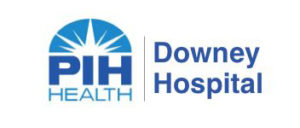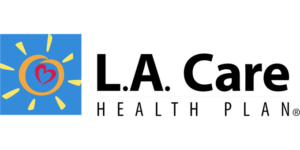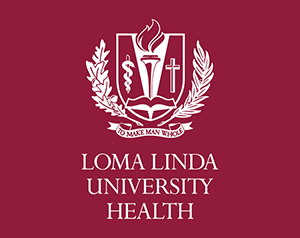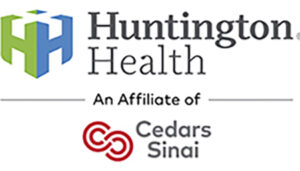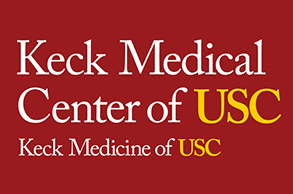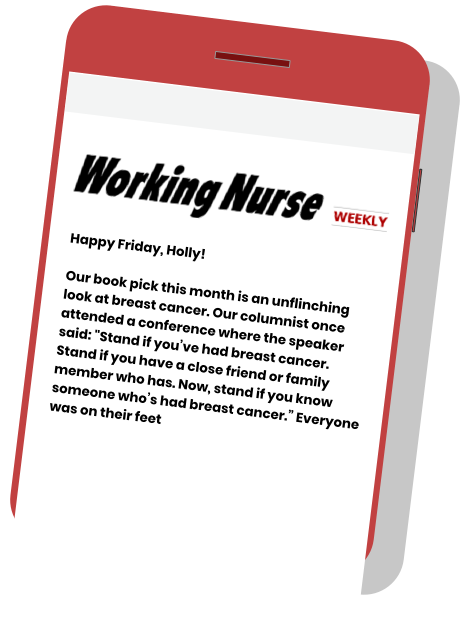Nursing Book Club
Clean: the New Science of Skin by James Hamblin
Putting soap under the microscope
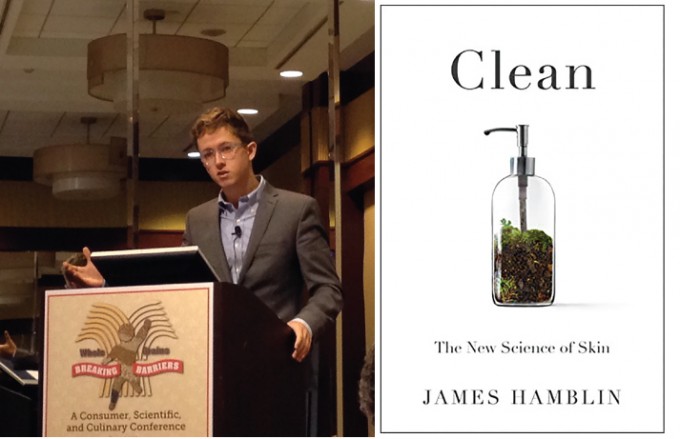
This is a book you must read if you’ve ever wondered about the difference between the affordable shower gel you buy at the grocery store and the wish-list expensive skincare products you find in the high-end shops.
Author James Hamblin has the answers, which he found after five years of not showering. Intrigued? So was I. Hamblin is an M.D. with a master of public health degree who has branched out into journalism. (He’s a lecturer at Yale School of Public Health as well as a staff writer for The Atlantic.) He wanted to know what exactly we’re putting on our skin and what it purports to accomplish.
Beginning with a history of hygiene, he continues on to the development of the soap industry. Of course, it’s difficult to separate this from a review of advertising and the ways catchy slogans and radio and TV programs have been used to convince shoppers that one cleaning product is superior to rivals that may use the exact same ingredients. (There’s a reason we call serialized dramas “soap operas”!)




